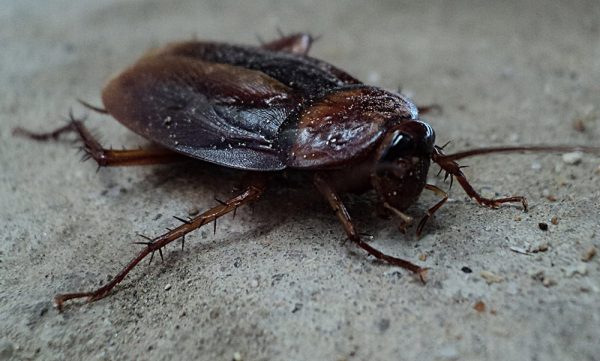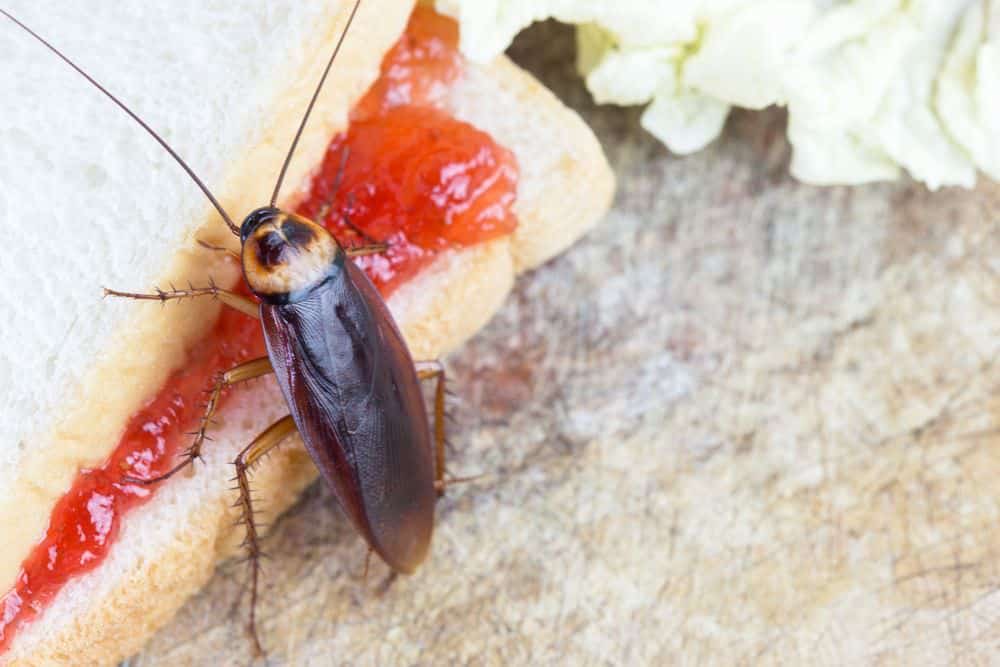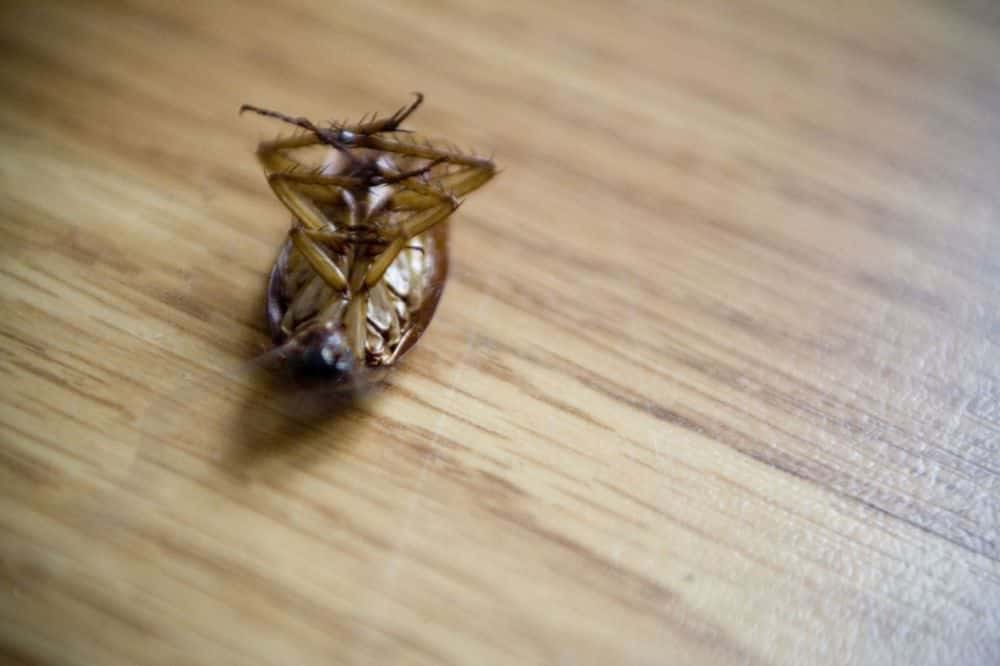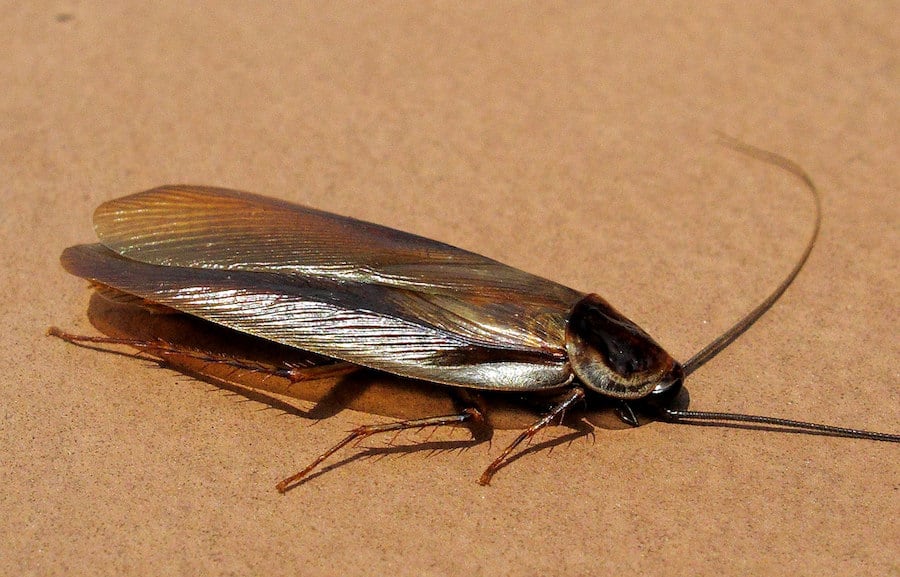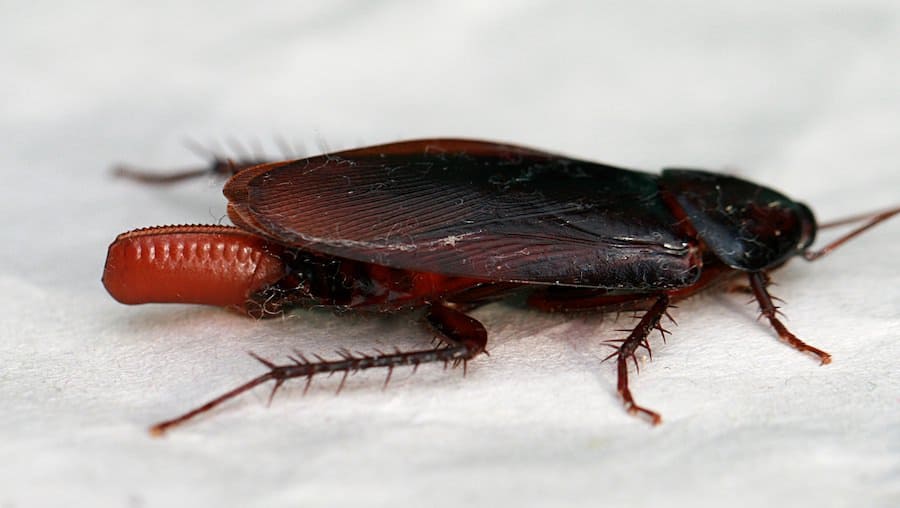Roach Nests
Finding a single dead roach on your bathroom floor is one thing. Discovering roach nests will likely trigger a bout of shivers down your spine. We are all aware of the possible complications these critters can bring. Diarrhea, allergies, and even the polio virus, are just a few.
Due to the fact that cockroaches are nocturnal, it can be difficult to spot an infestation. Unless, of course, you walked in on a feeding frenzy in the middle of the night. The question is, where and how do we find these nests?
Where Do Cockroaches Hide?
Cockroaches can hide almost anywhere because of their flattened bodies. They will also promptly infest our homes (or even our cars) when the conditions outside become less than ideal.
To better understand where cockroaches hide, we must keep in mind their needs. All roaches require a source of water and food. These bugs can survive without food for about a month, though only a week with no water.
The next requirement is a humid, warm environment. Roaches will likely occupy your basement if it is more damp and warm than outside.
Pipes
Although cockroaches can’t swim, and will drown within 40 minutes of being underwater, moisture is essential for their survival.
Pipes seem to be a favorite hiding spot, especially when they lead into homes. This generally includes the pipes running through walls, the back of cabinets, and even under floors. Exposed pipelines under sinks and dishwashers are perfect too. These places are always damp, and warmth is almost guaranteed.
Furniture
Our couch is likely one of the last places we want a cockroach to take up residence in. Unfortunately, this is another favored hiding spot.
Roaches are much like us human couch potatoes; we love a warm, cozy sofa. These critters enjoy snuggling down behind the cushions, soft fabrics, and even underneath car seats.
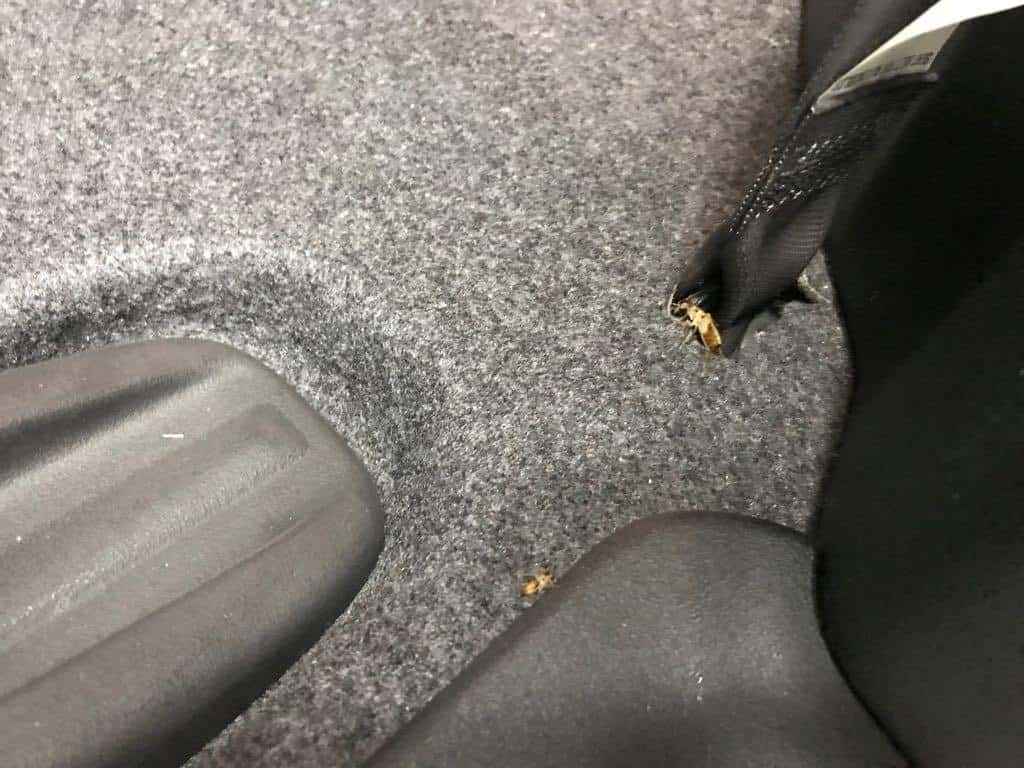
Sometimes they may even lay their eggs to hatch here. Therefore, make sure you clear away any crumbs, and check under your coffee table or lounge chair for egg casings. They usually resemble tiny kidney beans.
Cardboard
This doesn’t necessarily apply to all cockroaches, but some love to munch on cardboard or paper. Others tend to use these items as a place to leave their waste.
There is something about the smell and texture of paper which attracts roaches. The same goes for used cardboard boxes, especially those which previously contained food or juices. They also make for excellent hiding spots.
Roaches often pick up bacterias and other unpleasant matter with their wandering feet. Papers and boxes will likely reek of cockroach. Additionally, the roaches could spread oils and acids, which eventually destroys the fibers.
Appliances
As cockroaches love nooks and crannies, any tight spaces behind water heaters, stoves, and plug sockets are perfect. A warm motor could even be irresistible during daylight hours.
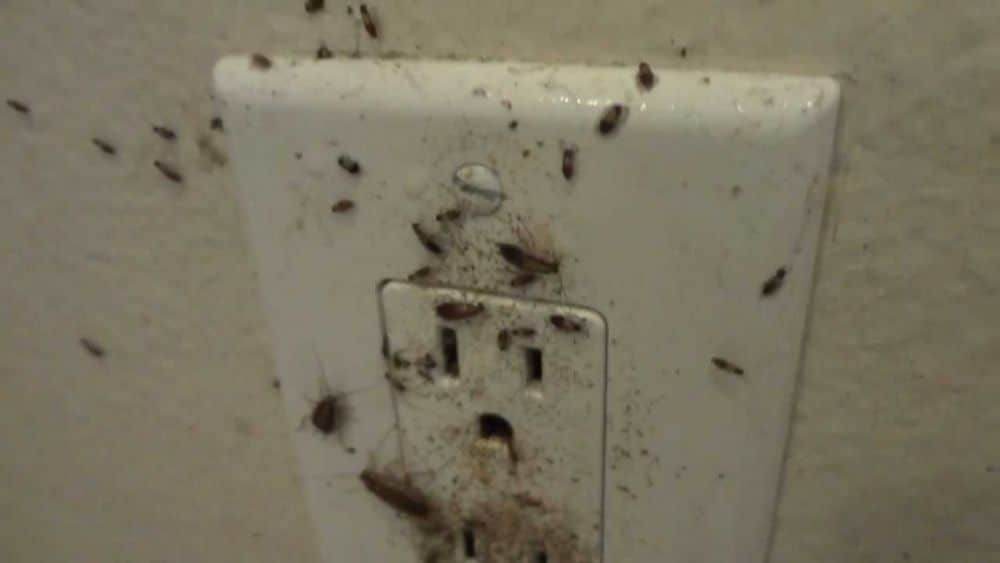
This, however, also includes the smaller appliances we keep in our kitchens. One example is the coffee maker. Roaches love coffee, so you might spot one or two hiding behind or under it. Nevertheless, coffee is toxic to cockroaches, therefore, you may come across a few dead ones too. Toasters, microwaves, and blenders are all at risk as well. Toasters, in particular, provide not only shelter, but also a food source.
Bathrooms
How many times have you switched on the bathroom light and found a roach running around? Bathrooms have the ideal moisture levels for cockroaches. Plus, these pests will feed on residue from soaps and used paper tissues. Even skin, nail, and hair sheddings don’t go to waste when it comes to cockroach food.
Cupboards and Cabinets
Cupboards and cabinets cater to the cockroach’s needs, offering dark hiding places and easy access to food. Roaches love starch, and cereals are a favorite. These crawling pests can easily munch their way through the cardboard box and into the crunchy breakfast cereal.
Most cockroaches are excellent climbers, and can quickly crawl upside down within a cabinet. They generally hide in the upper corners.
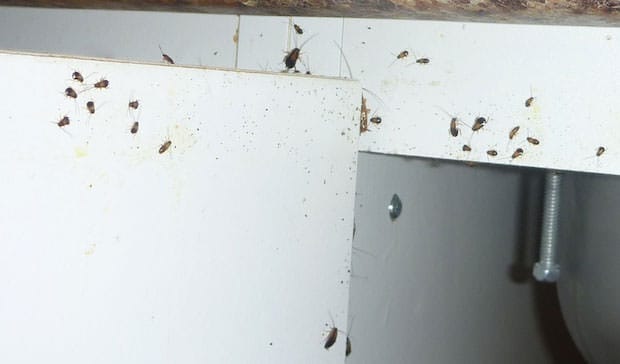
These pests can also enter a linen closet, where they like to lay eggs in between clothing.
Baseboards
Thanks to their hard, flat bodies, roaches love to squeeze into any cracks and crevices, including the small space behind baseboards and trims. These places are ideal, since they are typically out of human sight and no light comes through.
Door and window trims are perfect escape routes when we accidentally switch on the light while the roach is scavenging. We often see roaches disappearing into mysterious places, otherwise thought of as sealed.
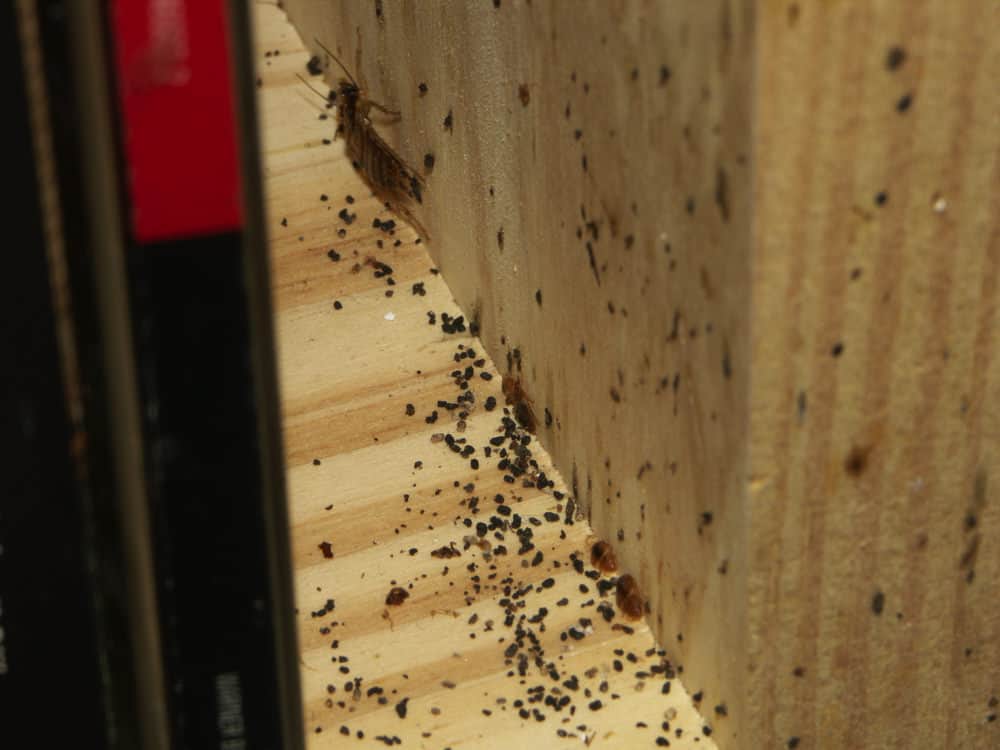
Corners and areas where woodwork molding connects may have cracks and crevices so small that only a cockroach can fit. Sealing these off is essential.
Do Roaches Make Nests?
Cockroaches don’t actually build a nest, in the way other creatures might. Therefore, roach nests are merely locations where a large number of roaches reside together.
Cockroaches don’t need much. They usually choose a place that is safe and well hidden, so that they can reproduce in peace. This could be under the refrigerator, up in the attic, behind the TV set, or near the kitchen sink.
Shapes and forms will differ from nest to nest. They can often be recognized by piles of discarded oothecae or moltings from nymphs. A large amount of roach droppings also signifies a nesting area.
The nest serves a great purpose for the cockroaches. Females will deposit their oothecae (egg cases) here, knowing it is safe. Neonatal nymphs will remain in this safe place for a while, since they are quite vulnerable.
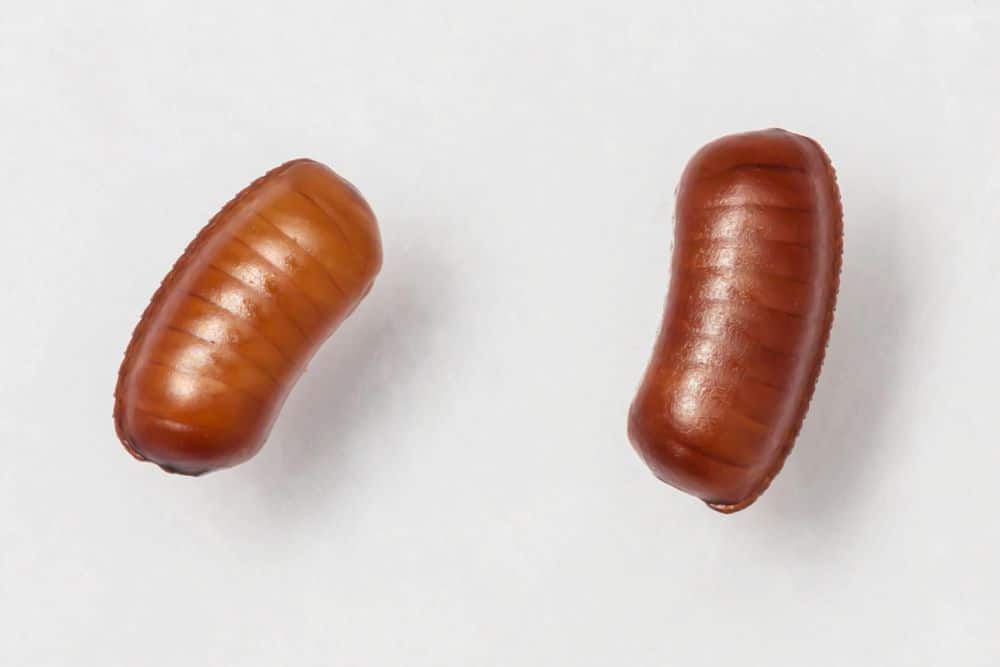
The same goes for any youngsters who have recently shed their skin. After molting, their exterior lacks pigmentation. During this time, they are easy targets for predators and so will stay inside the nest.
How to Find Where Roaches Are Hiding?
Finding the roach nest, or at least a hiding spot, can seem like an impossible task. Take a look around your house and see if any places seem like a potential roach hiding spot. This could be a leaking pipe behind the sink, some old crumbs under the couch, or cereal boxes in the cabinet.
One of the easiest ways to find their hiding places would probably be to turn on the lights in a dark room. Any cockroaches present will likely sprint back to their nest, or hiding spot.
Follow with a flashlight and remember where they ran to so you can seal up the crack or clean the area. You could keep a vacuum handy just in case you run into a live roach.
You can also look for nesting signs. Keep an eye out for feces or dead roaches. Cockroach feces can resemble anything from small peppercorns to mouse poop, depending on the size and species of the cockroach.
Bigger bugs will probably leave poop that looks like little oval pellets with ridges running through each side. Smaller roaches tend to drop smeared or speck-like poop.
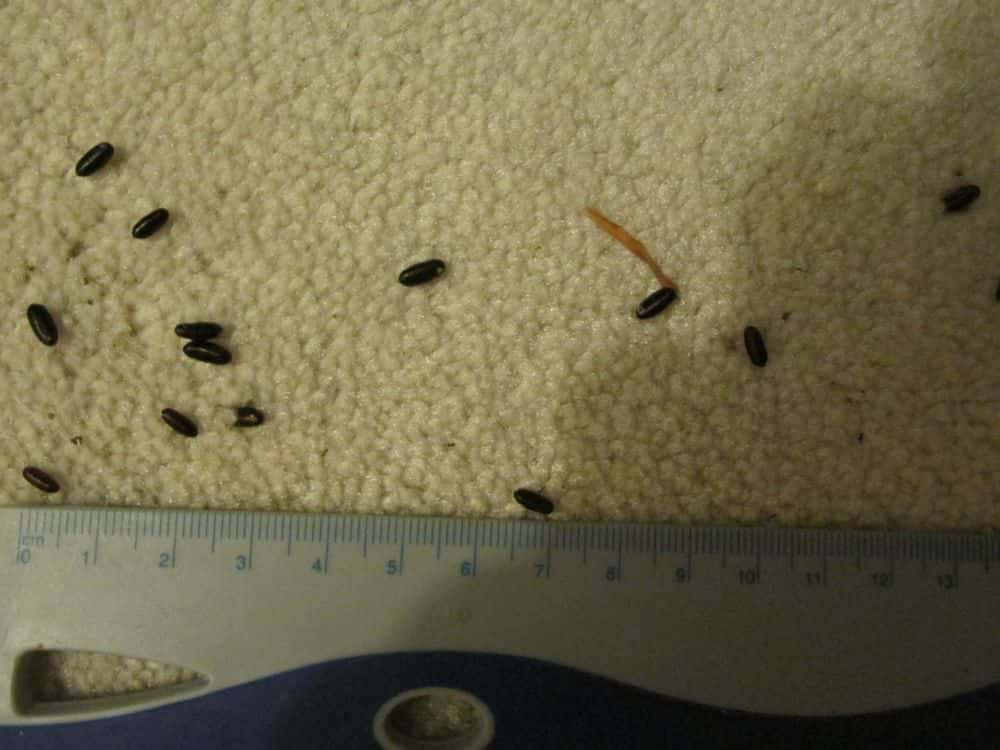
Cockroaches will defecate pretty much anywhere. Many feces in one area, however, likely signifies that you have found one of their roach nests.

